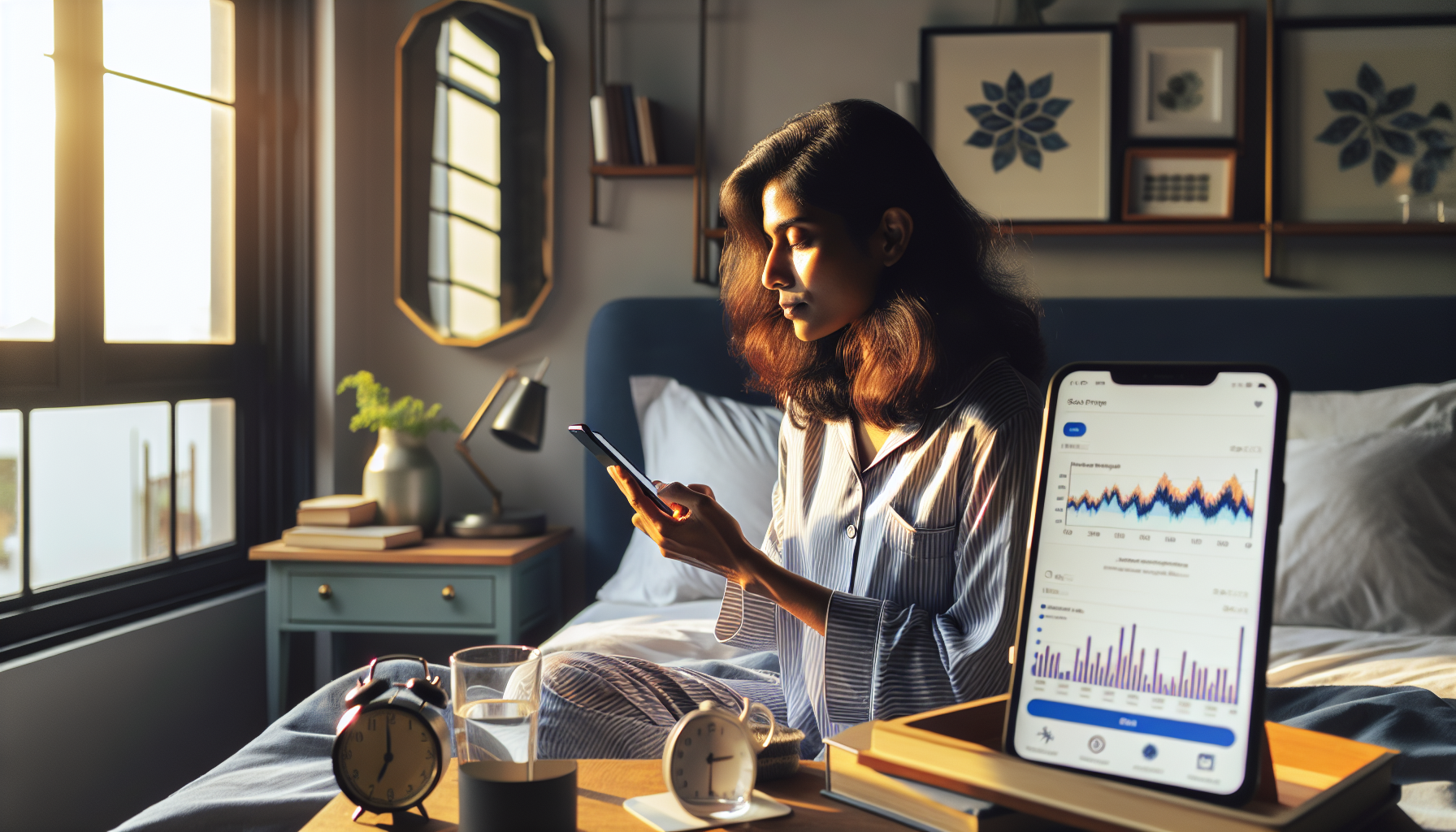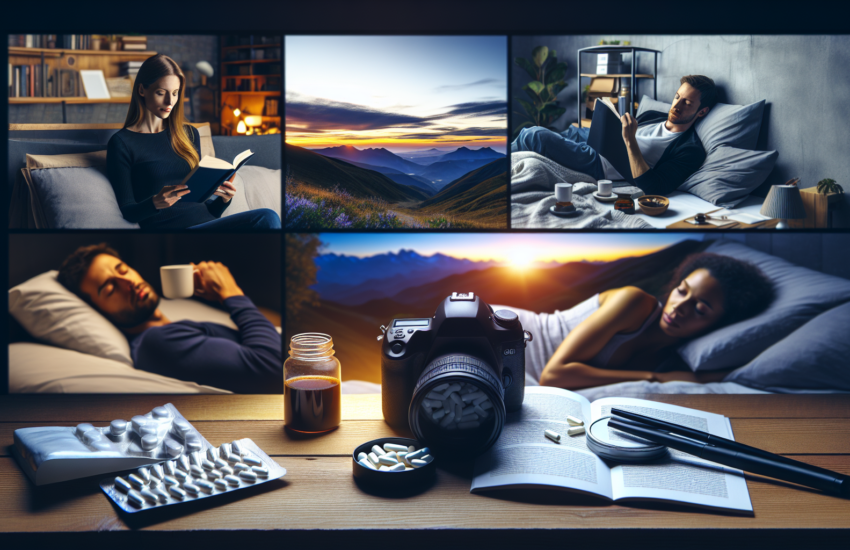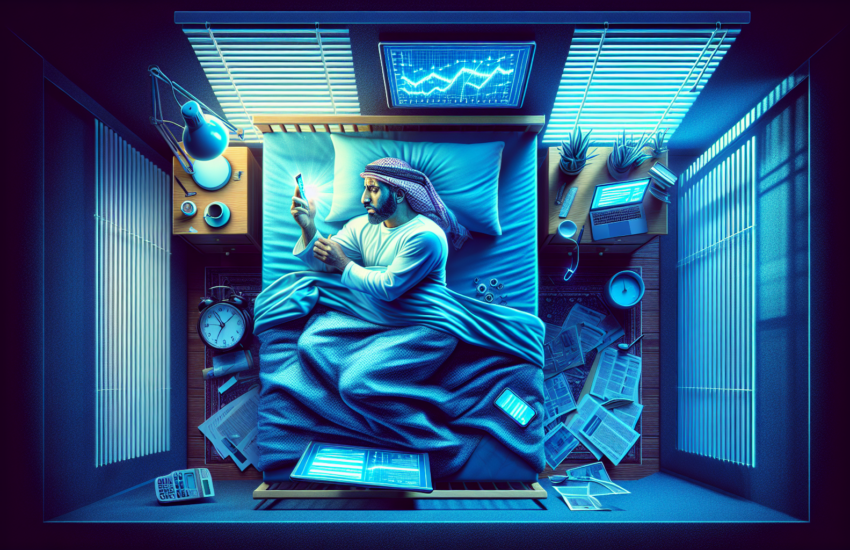How I Tracked Sleep to Improve It
My Sleep Journey Begins
I’ve always been curious about the mysteries of sleep. Like many, I often found myself waking up feeling less than refreshed, despite getting what I thought was enough rest. It wasn’t until I decided to take a closer look at my sleep patterns that I began to understand the impact of quality sleep on my daily life. Over the past year, I’ve embarked on a personal experiment to track and improve my sleep, and the results have been transformative.
Setting Up My Sleep Tracking
The first step was choosing the right tools. I opted for a combination of a smart sleep tracker and a sleep diary. The smart tracker, a wearable device, provided detailed insights into my sleep stages, while the diary helped me record subjective experiences and environmental factors. This dual approach gave me a comprehensive view of my sleep health.
According to a recent study from the Sleep Research Society, combining objective and subjective sleep data can significantly enhance the accuracy of sleep assessments Sleep Research Society. This validated my choice and encouraged me to continue with diligence.
Discovering My Sleep Patterns
After a few weeks of tracking, patterns began to emerge. I noticed that my sleep quality was heavily influenced by my pre-sleep routine. Nights where I engaged in screen time or consumed caffeine late in the evening resulted in longer periods of light sleep and frequent awakenings. Conversely, evenings spent reading or practicing mindfulness led to more restorative deep sleep.
One surprising discovery was the impact of room temperature. I found that a cooler room temperature, around 65°F, significantly improved my sleep quality. This aligns with findings from the National Sleep Foundation, which recommends a bedroom temperature between 60-67°F for optimal sleep National Sleep Foundation.
Making Changes and Seeing Results
Armed with this knowledge, I made several adjustments to my sleep environment and routine. I started using blackout curtains to reduce light exposure, invested in a comfortable mattress and pillow set, and established a strict no-screen policy an hour before bed. I also began to prioritize a consistent sleep schedule, aiming to go to bed and wake up at the same time every day.
The changes didn’t happen overnight, but over the course of a few months, I noticed a significant improvement in my sleep quality. My sleep tracker showed longer periods of deep sleep, and I woke up feeling more refreshed and energized. The subjective data from my sleep diary echoed these findings, with fewer reports of feeling groggy or tired during the day.
The Impact on My Daily Life
The benefits of improved sleep extended far beyond just feeling rested. I found myself more focused and productive at work, with a clearer mind for problem-solving and creativity. My mood improved, and I had more energy for physical activities and hobbies. It was a reminder of how interconnected our sleep is with our overall well-being.
A study published in the Journal of Clinical Sleep Medicine in early 2025 highlighted the positive effects of improved sleep quality on cognitive function and emotional well-being Journal of Clinical Sleep Medicine. This resonated with my own experience, reinforcing the importance of prioritizing sleep health.
Sharing My Insights
Through this journey, I’ve learned that tracking sleep isn’t just about numbers and graphs; it’s about understanding the nuances of what makes us feel rested and rejuvenated. It’s about creating a sleep environment and routine that works for you, and being willing to experiment and adjust as needed.
If you’re considering tracking your sleep to improve it, I encourage you to start with a simple approach. Use a sleep tracker and keep a diary to capture both the objective and subjective aspects of your sleep. Pay attention to the factors that influence your sleep quality, and don’t be afraid to make changes. The journey to better sleep is personal, but the rewards are universal.


